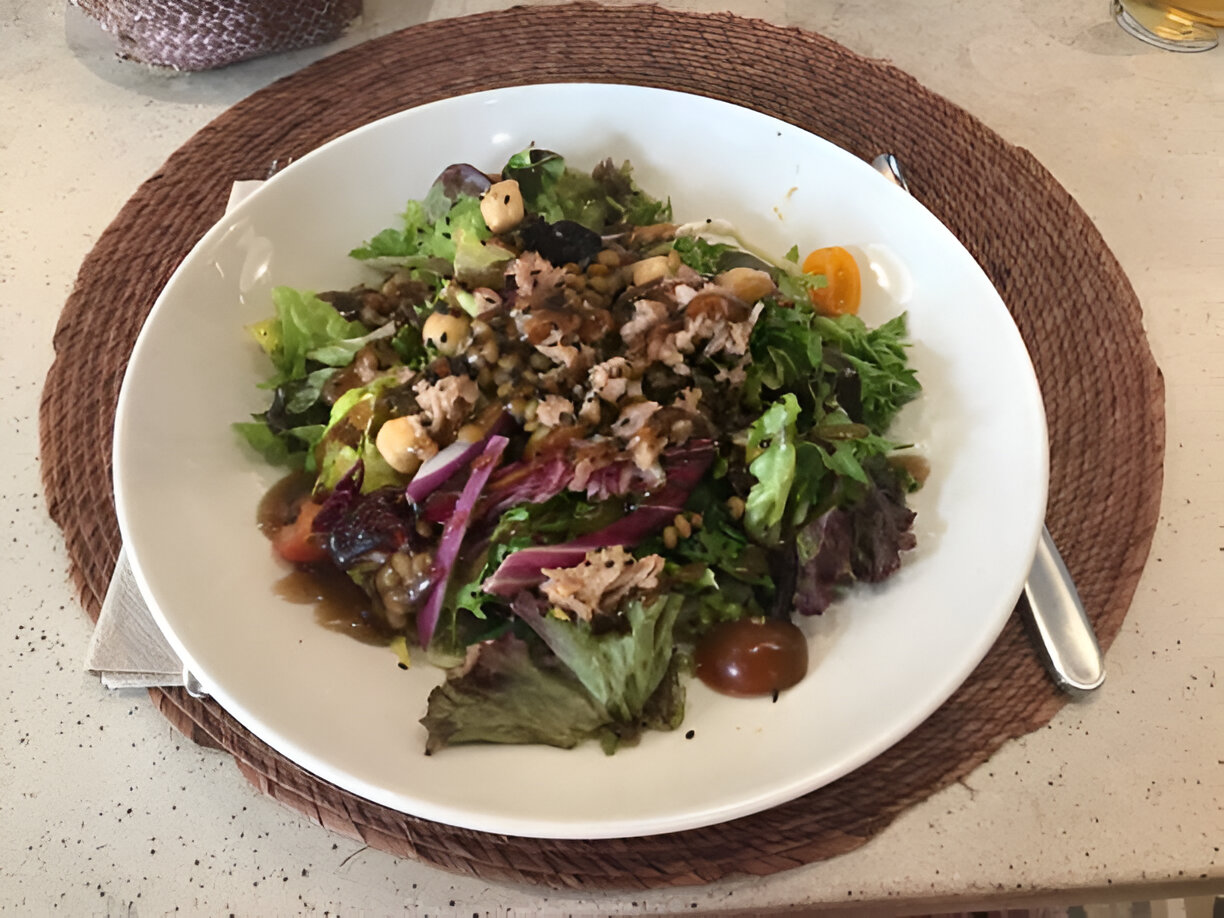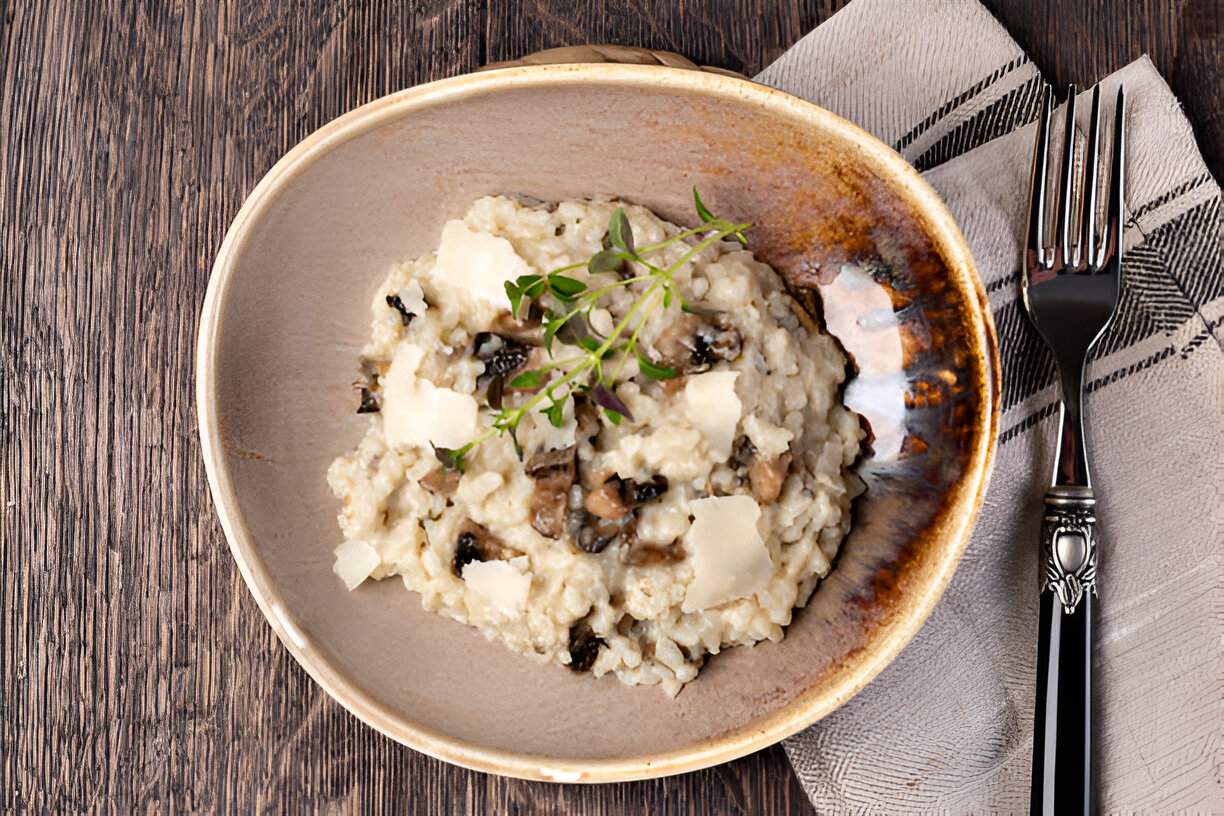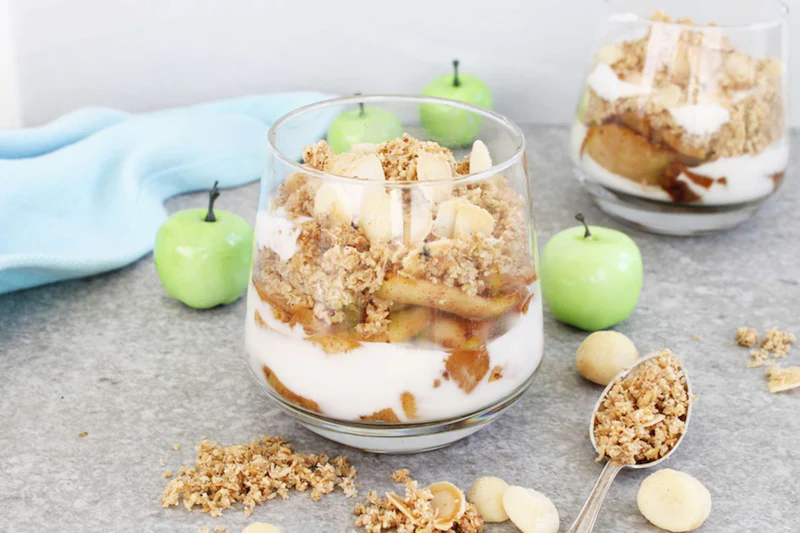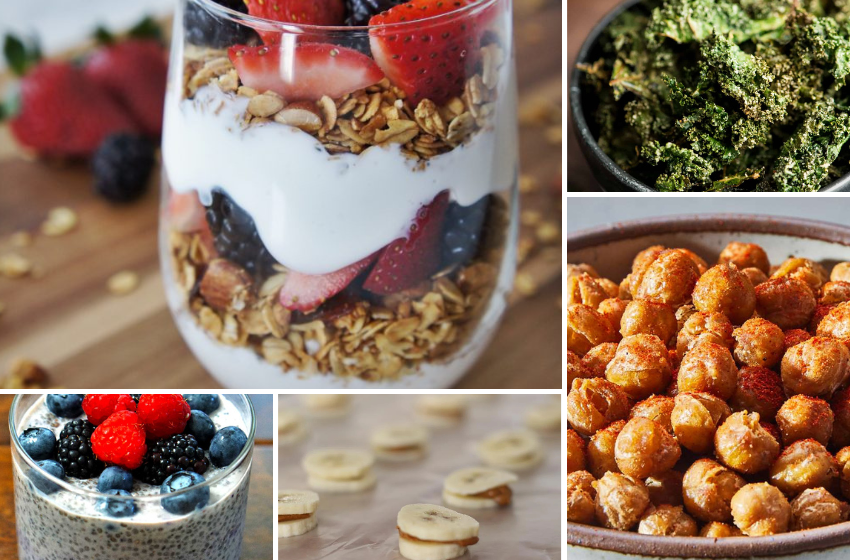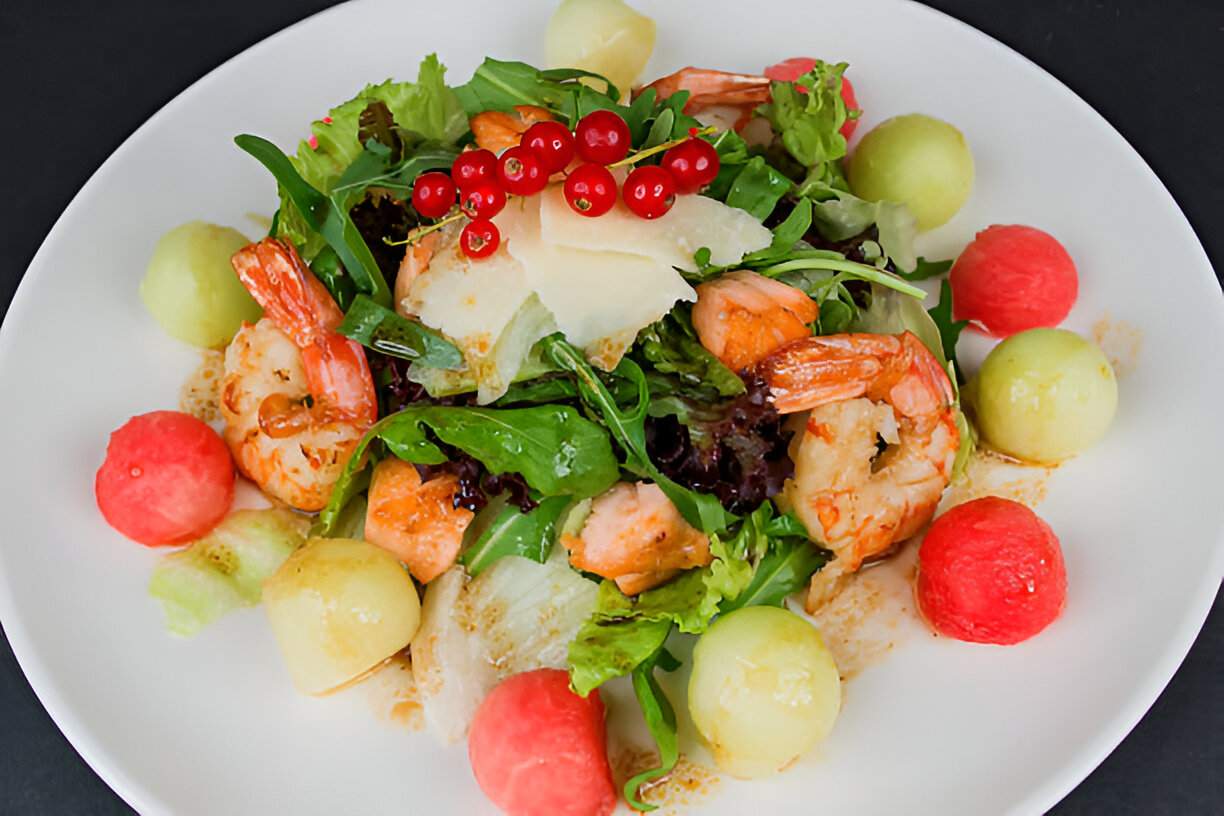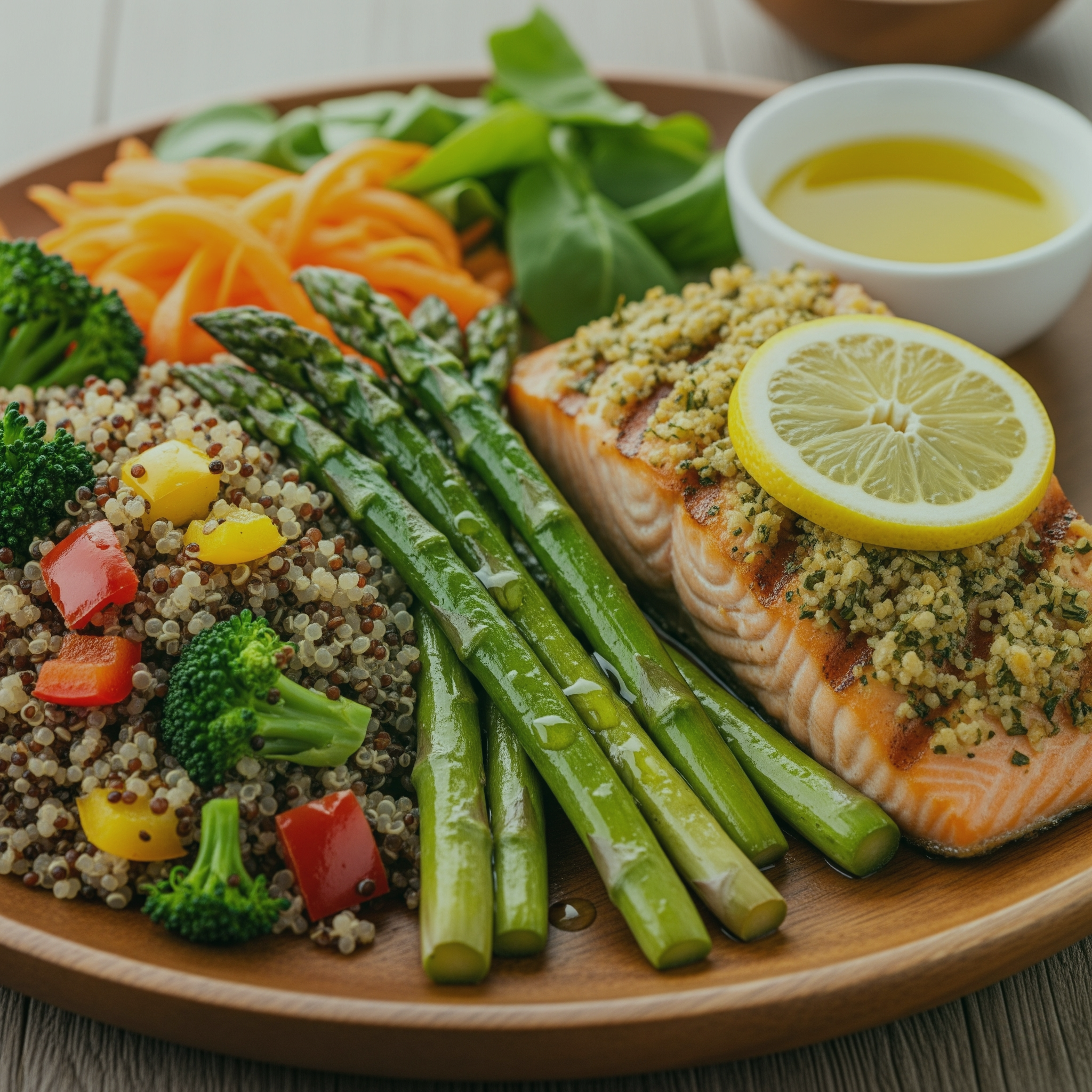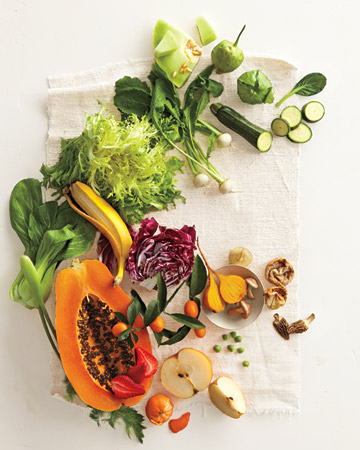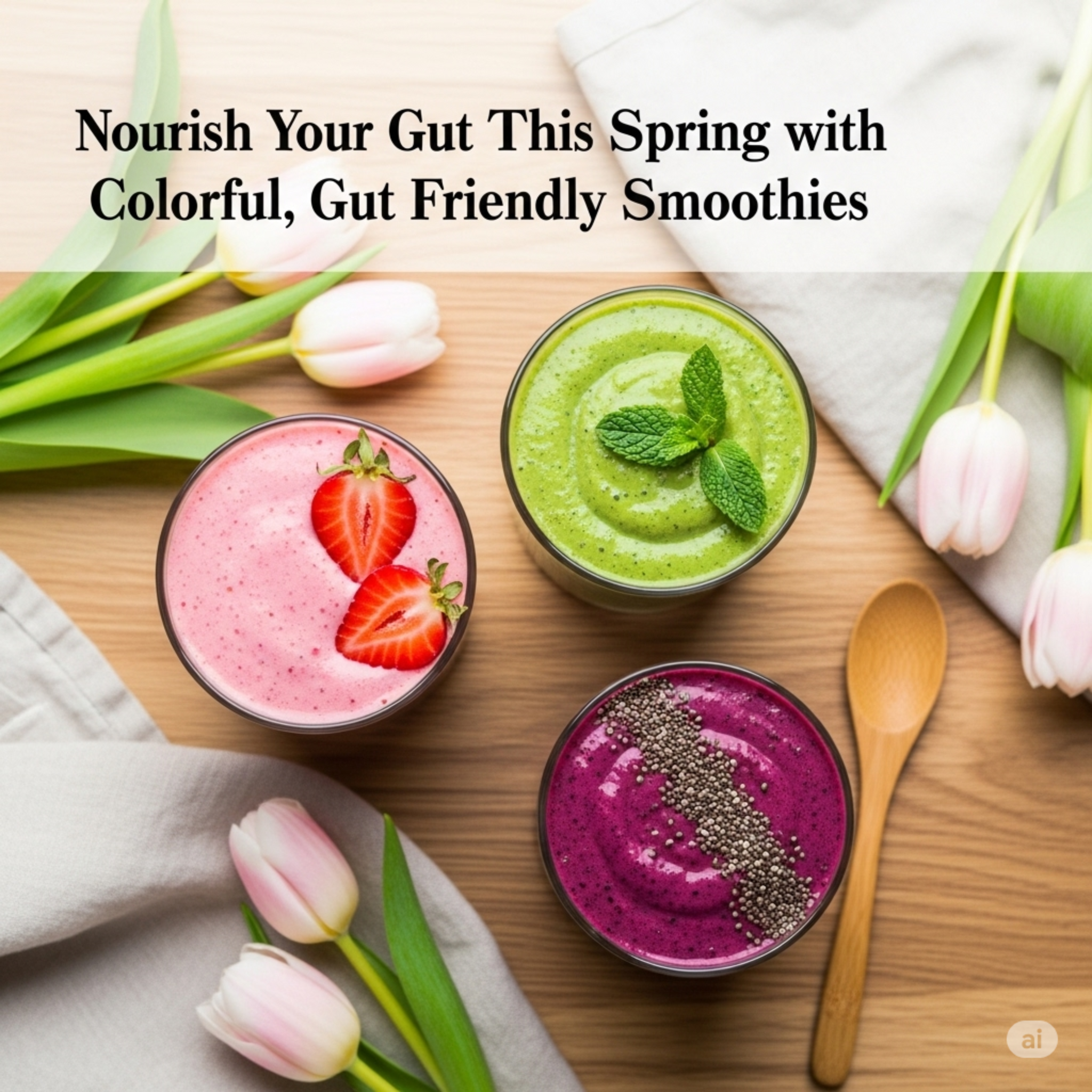In This Article
You already have a lot on your plate, and I see that. When you're juggling meetings, errands, family, and more, figuring out how to eat healthy can feel like one more thing you just don’t have time for. But let me tell you something gently and truthfully: healthy eating doesn't need to be complicated or time-consuming. In fact, small changes can go a long way. And the beauty is, those small steps can start right now.
The goal isn’t to eat perfectly every single day. Instead, it’s about building healthy eating habits that work in real life, even the busy kind. A healthy diet includes simple choices that support your energy, focus, and long-term health. Whether it's adding more fresh fruit to your breakfast or swapping processed foods for something more nourishing, each change matters. And you don't need to wait for the “perfect time” – this moment is already enough.
Healthy meals can become second nature once you get a rhythm going. You don't need to cook every single day or give up your favorite treats. You just need a balanced approach that lets you feel good and function well. Together, let’s explore how to create meals that nourish your body without draining your time. You can do this, and I'm right here with you.
The Real Reason You Struggle to Eat Well on Busy Days

Let’s be honest – it's not just about being busy. It’s about being tired, pulled in different directions, and sometimes just not knowing what to eat. When you're rushing, it's easy to grab whatever’s quick, even if it’s full of saturated fat, added sugar, or too much sodium. These choices might fill you up, but they won’t fuel you in the way your body truly needs. And over time, these habits can increase the risk of heart disease and weight gain.
It isn’t a lack of willpower. It’s a lack of structure and support. That’s where a few simple strategies come in. If you can learn to plan ahead, keep healthy foods within reach, and understand the basics of a balanced diet, your busy days won’t stand in the way of your well-being. Healthy eating becomes easier when you stop trying to overhaul everything at once and focus on what’s manageable.
Sometimes the hardest part is just getting started. But what if I told you that your next meal could be the beginning of a fresh, new rhythm? One where you feel nourished and energized, not depleted or rushed. This isn’t about restriction; it’s about intention. And the more intentional you become, the more natural it will feel to choose foods that truly care for your body.
Shift Your Mindset from “All or Nothing” to “Most of the Time”
Perfection is not the goal. It never was. A healthy life isn’t made from strict rules or punishing routines, but from gentle, steady choices. It’s okay to have that piece of white bread or enjoy a bit of fruit juice. What matters more is what you do most of the time.
Think of healthy eating as a pattern, not a single decision. When you follow healthy eating patterns regularly, they start to support your energy, focus, and even your mood. If you eat fruits and vegetables often, include whole grains like brown rice, and reduce processed foods, you’re already on the right track. Even small wins, like drinking more water or switching to lower fat milk, make a difference over time. This is what balanced living looks like.
There will be days you forget to prep or reach for something quick. That’s okay. You’re not failing. You’re human. And giving yourself grace is part of building lasting healthy choices. So let’s let go of that “all or nothing” mindset. Instead, try the “most of the time” mindset. It offers freedom, flexibility, and room to grow. The more you choose nourishing foods, the more you build a healthy foundation without pressure.
READ ALSO: Breaking Bad Eating Habits – Whole Living Balance
1) Start with a Simple, Balanced Breakfast

Let’s begin where every day starts: breakfast. A simple, balanced breakfast can set the tone for steady energy and healthy choices all day long. When you skip it, your blood sugar dips, cravings spike, and you’re more likely to reach for sugary drinks or processed foods. But when you eat something nourishing first thing, you fuel your body and mind with care. And you don’t need to spend an hour cooking.
Some of the best breakfasts are also the easiest. Think of plain yogurt with fresh fruit, chia seeds, and a drizzle of honey. Or warm oatmeal with cinnamon, banana, and a splash of fortified soy beverage or fat free milk for vitamin D and creaminess. Smoothies with frozen vegetables, berries, and a spoonful of nut butter give you healthy fats, fiber, and focus. These meals are fast, filling, and full of good nutrition.
The key is balance: whole grains, a bit of protein, healthy fats, and some fresh produce. It helps regulate blood sugar and keeps you full longer. You’ll feel satisfied, not sluggish. And when you start strong, it’s easier to make healthy choices later in the day. Breakfast becomes your first act of self-care.
2) Make Meal Prep Your Weekly Ritual

Meal prep isn’t just for food bloggers or athletes. It’s one of the kindest things you can do for your future self. When you have healthy meals ready to go, you’re less likely to grab deli meats, frozen pizza, or food products loaded with saturated fat and added sugar. Instead, your fridge becomes a source of calm, not chaos. And it all starts with a little planning.
Start simple. Roast a big tray of vegetables on Sunday – think sweet potatoes, broccoli, and bell peppers. Cook up a batch of brown rice or whole wheat pasta, and prep a protein like lean meats or chickpeas. Keep washed fresh fruit and cut raw vegetables in glass containers so they’re ready for snacking. With just an hour or two, you’ll have the foundation for healthy eating all week long.
You don’t need to prep every single meal. Just focus on what gets hectic – maybe lunches for work or easy dinners after long days. Add in flavor with olive oil, herbs, or spices, and switch it up to avoid boredom. When your fridge is filled with real foods you enjoy, healthy eating becomes natural and enjoyable.
Meal prep is not about control; it’s about support. It gives you the tools to say yes to your health without extra stress. And that, my friend, is a gift worth giving yourself every week.
3) Master the Power of “Half Your Plate”

One of the easiest ways to make healthy eating feel simple is to follow the “fill half your plate” rule. This means that at every meal, half of your plate should be covered with fruits and vegetables. These colorful foods are rich in vitamins, minerals, and dietary fiber that support your energy and digestion. Whether you choose fresh produce, frozen vegetables, or even canned options with low salt added, they all count toward your wellness goals. It’s not about perfection—it’s about making space for more of the good stuff.
Think of it like this: the more foods you add that come from the earth, the more your body feels balanced and nourished. You don’t need to prepare anything fancy. A simple side of raw vegetables, a handful of leafy greens, or a small bowl of fresh fruit is more than enough. These small choices add up to a healthy diet that supports long-term health, including reducing the risk of heart disease. Your plate becomes your guide, and with every meal, you show up for your well-being.
Even if you're short on time, a quick salad or a few carrot sticks on the side makes a big difference. The goal isn’t to overhaul your meals but to gently add in more fruits and vegetables where you can. Over time, this becomes second nature. And the best part? You’ll feel the benefits almost immediately—in your mood, your digestion, and your energy.
4) Snack Smart: Keep It Simple and Satisfying

Snacking isn’t a bad thing—it’s all about how you do it. When you're busy, it's tempting to graze throughout the day without thinking, but that often leads to energy crashes and unstable blood sugar. Mindful snacking, on the other hand, helps keep your focus strong and your hunger in check. The key is choosing snacks that combine protein, healthy fats, and fiber. This helps you stay full longer and avoid cravings for processed foods or sugary drinks.
Good snack combos don’t need to be complicated. A handful of almonds with a piece of fresh fruit, or whole grain crackers with hummus, is enough to keep you going. You can also enjoy a boiled egg with avocado or a small yogurt with chia seeds and berries. These options are packed with healthy fats, like those from olive oil or nuts, which help support steady cholesterol levels and a healthy weight. Plus, they’re quick to prepare and easy to take with you.
Try to keep snacks portioned and intentional. This helps you avoid mindless eating and supports your healthy eating habits. And don’t forget to drink water—sometimes we snack when we’re really just thirsty. When you snack smart, you're giving your body exactly what it needs to thrive between meals.
READ ALSO: Stomach Problems After Eating Could Be A Clue
5) Build Balanced Meals with Every Food Group

To feel full, focused, and fueled throughout the day, your meals need balance. That means including all the major food groups—vegetables, whole grains, lean meats, and low-fat dairy products. A balanced diet gives your body the nutrients it needs to work well without leaving you sluggish. It helps you maintain a healthy weight, supports strong heart health, and keeps your blood sugar steady. And the best part? It’s easier than it sounds.
Picture this: grilled chicken with roasted vegetables and a side of brown rice, or lentil soup with a slice of whole wheat bread and a fresh salad. These are simple, satisfying meals that check every box. Be mindful of sneaky ingredients, though. Free sugars, added sugar, and sugary drinks often hide in sauces, dressings, and even store-bought smoothies. These can contribute to weight gain, energy crashes, and even developing heart disease over time.
Avoiding processed foods is key to protecting your health. Many of these products contain too much sodium, saturated fat, or visible fat, which can raise your blood pressure and harm your heart. When you focus on whole, nourishing foods from every food group, you create meals that give more than they take. And every time you choose balance, you choose health.
6) Make Friends with Healthy Fats

Fats often get a bad reputation, but not all fats are created equal. Your body actually needs certain fats to function properly—especially unsaturated fats and polyunsaturated fats. These support your brain, hormones, and even help lower your risk of heart disease. The trick is knowing which fats to invite to your plate, and which ones to leave behind. And once you get the hang of it, it becomes second nature.
Start by including more foods with healthy fats, like avocado, nuts, seeds, and olive oil. These not only add flavor but also help you absorb vitamins like A, D, E, and K. Use olive oil for cooking or as a salad dressing. Add a tablespoon of ground flaxseed to your oatmeal, or top toast with sliced avocado and a sprinkle of seeds. These are easy ways to build a healthy diet without sacrificing taste.
At the same time, try to reduce your intake of saturated fat and completely avoid partially hydrogenated oils, which are found in many processed foods. These unhealthy fats can raise your cholesterol levels and increase your risk of heart disease. Focus instead on simple, whole ingredients that offer the kind of fat your body can actually use. With every meal, you have the power to make a choice that supports long-term health.
7) Choose the Healthier Carbs
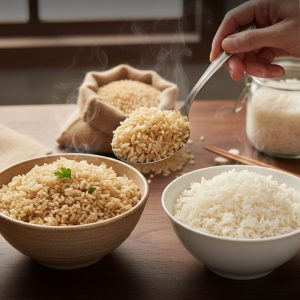
Not all carbs are the enemy. In fact, when you choose the right kind, they can be a powerful part of your healthy eating plan. The secret is choosing whole grains instead of refined grains, like white bread or white rice. Whole grains are rich in b vitamins, dietary fiber, and nutrients that help maintain blood sugar and a healthy weight. And they’re easy to add into meals you already love.
Think of swapping white rice for brown rice, or replacing white bread with a hearty slice of whole wheat bread. You can also try whole wheat pasta or barley as comforting, nourishing meal bases. These simple switches help reduce energy crashes and keep your body feeling full longer. They also lower your risk of heart disease and support good digestion. Every time you choose a whole grain, you’re saying yes to better health.
Don’t feel like you need to cut carbs out completely. It's about the quality of the carbs you choose. Whole grains help fuel your brain and body, especially on busy days. So when you plan your meals, reach for the kinds of carbs that give more than they take.
8) Be a Label Reader at the Store

The grocery store can be tricky, but learning to read labels gives you power. Most processed foods are packed with things your body doesn't need, like added sugar, too much sodium, and saturated fat. These ingredients can sneak into everyday items like salad dressings, breakfast cereals, or even fruit juice. That's why checking the label is one of the most important tools for healthy choices. It lets you take control of what you bring into your home.
Start by scanning the ingredient list. If sugar shows up in the first few lines, it likely has more than you need. Watch out for free sugars under different names like syrup, nectar, or anything ending in “-ose.” Look for items low in visible fat, with lower fat milk or low fat options instead of full-fat versions. And always check the sodium content—too much sodium can quietly raise your blood pressure and increase your risk of heart disease.
Don't let long words or marketing buzzwords confuse you. Stick to foods with ingredients you recognize and trust. The more confident you become reading labels, the easier it is to choose foods that truly support your health. Shopping becomes less stressful and more empowering when you know what to look for.
9) Drink Water First

Before you reach for a snack or a second cup of coffee, pause and drink water. Hydration is one of the simplest and most powerful ways to support your energy, digestion, and focus. Often, we think we're hungry when we’re really just thirsty. Choosing water instead of sugary drinks or too much fruit juice can help stabilize blood sugar and support a healthy weight. It’s a small shift that makes a big impact.
When you drink water before meals, you not only hydrate your body but also support your natural hunger cues. If you enjoy fruit juice, try having a small glass in the morning with breakfast, and stick to water throughout the rest of the day. This helps reduce free sugars that can sneak into your daily routine. Water keeps your body refreshed, your skin glowing, and your mind clear. It’s one of the easiest forms of self-care you can practice every day.
Make it easy for yourself—keep a glass on your desk, carry a reusable bottle, or set reminders if needed. Over time, this habit becomes second nature. Choosing to drink water first is a way of putting your health at the front of the line. And with every sip, you’re giving your body exactly what it needs.
READ ALSO: Snacks on the Go – Healthy Eating and Recipes – Whole Living
10) Plan for the Unplanned

Life doesn’t always go according to plan, and your meals don’t have to either. That’s why having backup healthy meals and snacks ready can help you stay on track without stress. Keep your kitchen stocked with simple ingredients like grain foods, pre-washed vegetables, and canned beans for quick salads or wraps. Protein bars with b vitamins, smoothie packs, or even a boiled egg can be lifesavers on busy days. These options make healthy eating feel effortless, even when your schedule is anything but.
When you don’t have a plan, it’s easy to fall into old habits. You might grab processed foods, order takeout, or reach for deli meats without thinking. But when you plan ahead with nourishing choices, you set yourself up for success. You’re not just feeding your hunger—you’re fueling your life with intention. And that, truly, is a form of self-respect.
Think of this as your personal toolkit for busy days. Keep it simple, realistic, and full of foods you actually enjoy. The more prepared you are, the less overwhelmed you’ll feel. With just a little planning, you can make healthy choices your everyday normal.
Make Meals a Moment of Mindfulness
Your meals are more than just fuel—they’re an opportunity to slow down and reconnect. Eating slowly, without screens or distractions, can help improve digestion and manage your body weight. When you’re fully present with your food, you tend to eat just enough, not too much. You begin to notice the flavors, textures, and how your body feels. This creates a more peaceful and intentional relationship with food.
When meals become a time for stress or guilt, we lose that connection. But if you treat each bite as a way to care for yourself, everything changes. Mindful eating is about listening to your body with kindness. It’s one of the most overlooked, yet powerful, healthy eating habits you can build. Every time you sit down to eat with intention, you nourish more than just your body—you support your emotional well-being too.
Your Healthy Eating Habits Don’t Need to Look Like Anyone Else’s

There is no one-size-fits-all when it comes to eating well. Your journey should reflect your own needs, preferences, and cultural traditions. Whether you enjoy spicy stews, rice dishes, or fresh seasonal fruits, your version of a healthy diet includes the foods that feel familiar and comforting. What matters is the care and intention you bring to your choices. You don’t have to give up everything you love to eat healthy—you just have to make room for balance.
Don’t compare your plate to someone else’s. What works for your friend or someone on social media may not work for you. And that’s okay. When you honor your culture, your cravings, and your body, you’re building a relationship with food that lasts. Healthy eating isn’t about rules—it’s about creating a rhythm that supports your life.
Take This With You: Eating Well Is a Form of Self-Respect
You don’t have to completely change your life to eat healthy. You just need to start with one step, one choice, one meal. Let go of the pressure to be perfect, and focus on what you can do today to feel your best. Whether it’s drinking more water, prepping vegetables for the week, or choosing whole grains instead of white bread, it all adds up. Every choice is a quiet way of saying: “I care about myself.”
You are not behind. You haven’t failed. You are simply stepping into a new way of nourishing yourself—with patience, with kindness, and with trust. A healthy lifestyle isn’t about extremes. It’s about staying grounded in what matters most: your health, your joy, and your ability to show up for life with energy.
So, what small shift will you choose today? Maybe it’s a colorful breakfast, a mindful lunch, or a grocery list that makes you feel empowered. Whatever it is, let it be a loving decision for your body and your life. Eating well is not a burden—it’s a beautiful form of self-respect. And you deserve nothing less.





